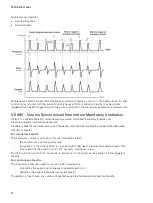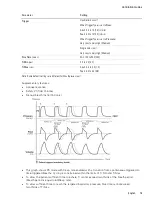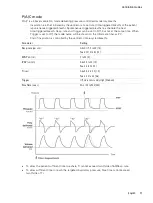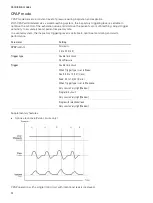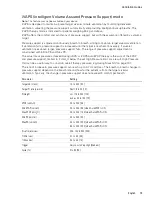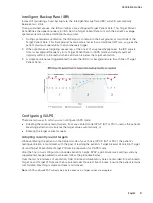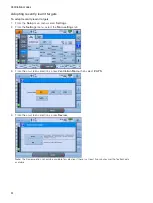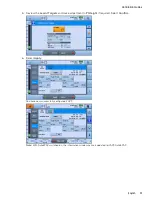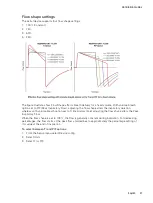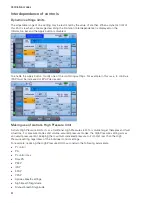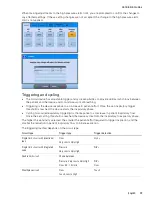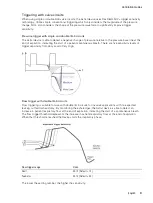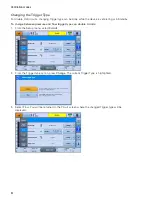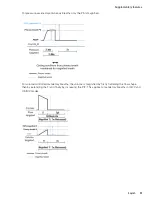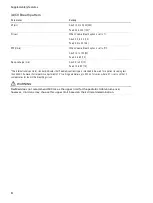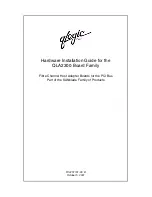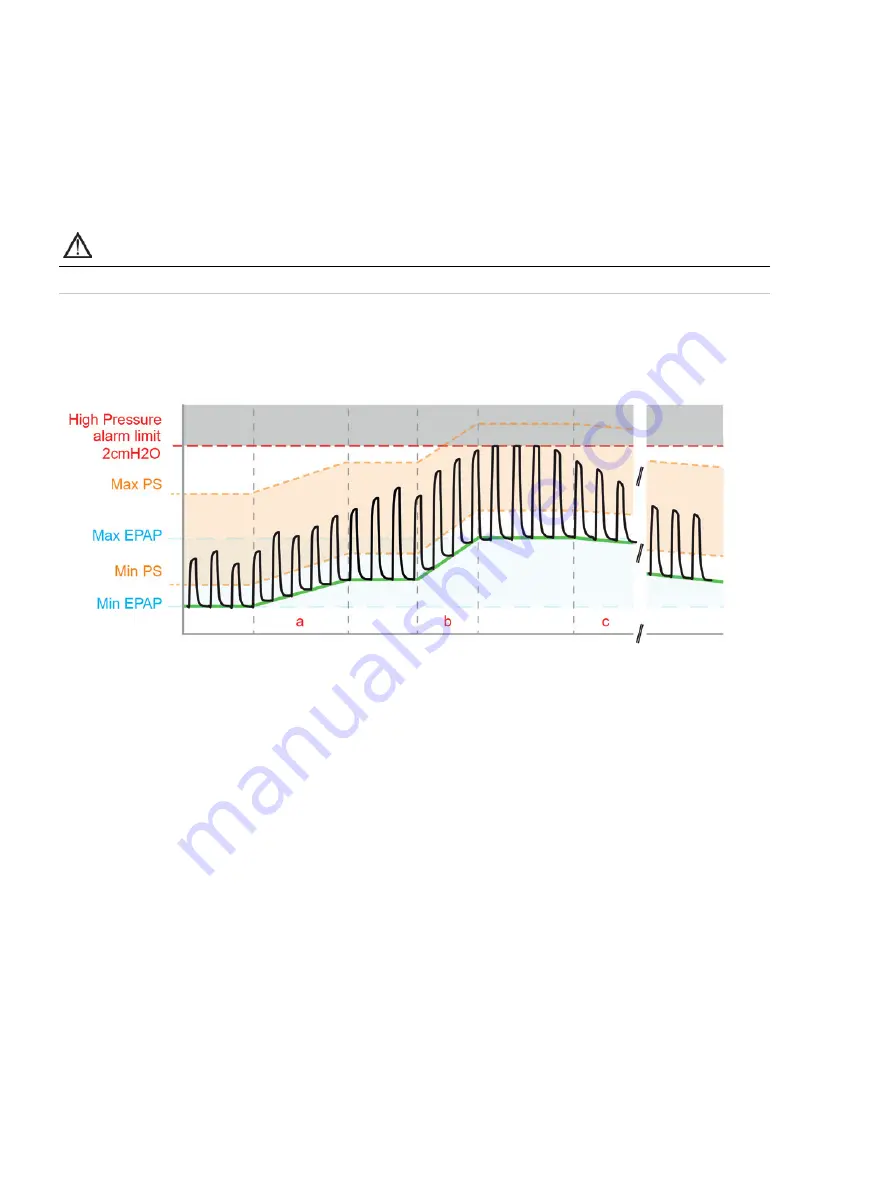
Ventilation modes
86
AutoEPAP
iVAPS mode only.
Note:
This feature may not be available on your device.
The purpose of EPAP is to maintain upper airway patency. AutoEPAP automatically adjusts pressure in
response to flow limitation or obstruction of the upper airway. EPAP is adjusted within Min EPAP and
Max EPAP settings with the response depending on the degree of the upper airway obstruction.
WARNING
AutoEPAP is contraindicated when using an invasive interface.
Pressure support is adjusted on top of the EPAP. The maximum delivered pressure, EPAP plus pressure
support, is limited to 2 cmH
2
O below the set High Pressure limit. If the sum of EPAP plus pressure
support exceeds the maximum pressure limit, pressure support is sacrificed to maintain airway patency
(ie, EPAP). However, pressure support will not drop below the set minimum pressure (Min PS).
(a) For flow limitation, EPAP will increase at a maximum rate of 0.5 cmH
2
O (0.5 hPa) per breath.
(b) For obstructive apnoea, EPAP will increase at a rate of approximately 1 cmH
2
O (1 hPa) per second
spent in inspiration on termination of the apnoea.
(c) EPAP will start to decrease from the first breath after upper airway obstruction has resolved and will
continue to decrease slowly until either another upper airway flow limitation/obstruction occurs or Min
EPAP is reached.
The AutoEPAP algorithm does not address any other titration target such as lung recruitment to improve
oxygenation or offset intrinsic PEEP. Min EPAP should be set to treat lower airway conditions. AutoEPAP
will increase airway pressure to treat upper airway conditions.
Summary of Contents for Astral 100
Page 1: ...Clinical guide English ...

